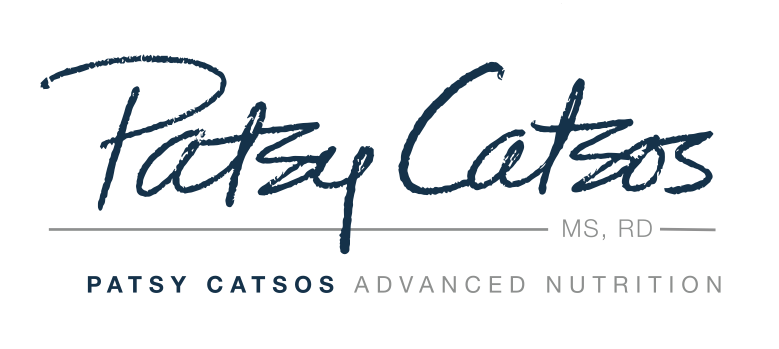Last year I wrote a grand overview of bread and FODMAPs. But I haven’t written specifically about sourdough bread for a while. I thought this would be a good time to update and republish one of my most popular posts, this one on Sourdough Bread and FODMAPs.
While most breads made from white or whole wheat flour are high in FODMAPs, traditionally made sourdough breads made with these flours are low. The difference lies in the way the bread dough is handled. Most store-bought breads have baker's yeast added to promote rapid fermentation. The gases produced in the fermentation process cause the bread to rise quickly so it is ready to bake as soon as possible.
Is sourdough bread made from wheat suitable for a low-FODMAP diet?
Sourdough bread, on the other hand, does not rely on the addition of bakers yeast. (Clue: authentically made sourdough bread usually does not include baker's yeast on the list of ingredients.) Instead, a “starter” saved from the previous batch of bread provides a complex mixture of wild yeasts and lactic-acid producing bacteria to ferment the dough. The fibers in the bread dough are in contact with the starter for as much as two days, allowing plenty of time for the microbes in the starter to digest most of the FODMAPs for you. Eventually the bread rises sufficiently for baking. Breads made with the sourdough process have varying degrees of that characteristic tangy taste; try several varieties to find the one you like best.
This bread appears to be an authentic sourdough bread, even though it doesn't say the word "sourdough" on the label.
Sourdough breads are almost always made without preservatives. That means they are not going to turn up in the bread aisle at your grocery store. They tend to be locally made and sold directly from the bakery, or shipped daily to nearby grocery stores. To complicate matters, they don't all say "sourdough" on the label. Sourdough refers more to the bread-making process than to the flavor or variety of the bread. A few especially awesome grocery stores bake their own authentic sourdough breads--ask to speak to the head baker to find out which ones qualify.
This is an example of a bread that is NOT suitable for a low-FODMAP diet. It might call itself sourdough on the front of the label, but the list of ingredients tells the real story: sour flavor provided courtesy of vinegar, and yeast is an ingredient. This manufacturer would not need to add yeast as an ingredient if this bread was made with a traditional sourdough process.
This bread looks more like the real deal. Good signs: 1) no references to any ingredients like vinegar that would be used to make the bread taste sour 2) no yeast in the list of ingredients. (The word "sourdough" is a bonus in the list of ingredients, but is not essential. Many authentic sourdough breads don't even mention that word on either the front or the back of the food label and fake sourdoughs will use the word to describe flavor only.)
Please use the comments to share your local favorite brand of authentically made sourdough bread along with where you buy it.
This page may contain affiliate links. We are a participant in the Amazon Services LLC Associates Program, an affiliate advertising program designed to provide a means for us to earn fees by linking to Amazon.com and affiliated sites.





